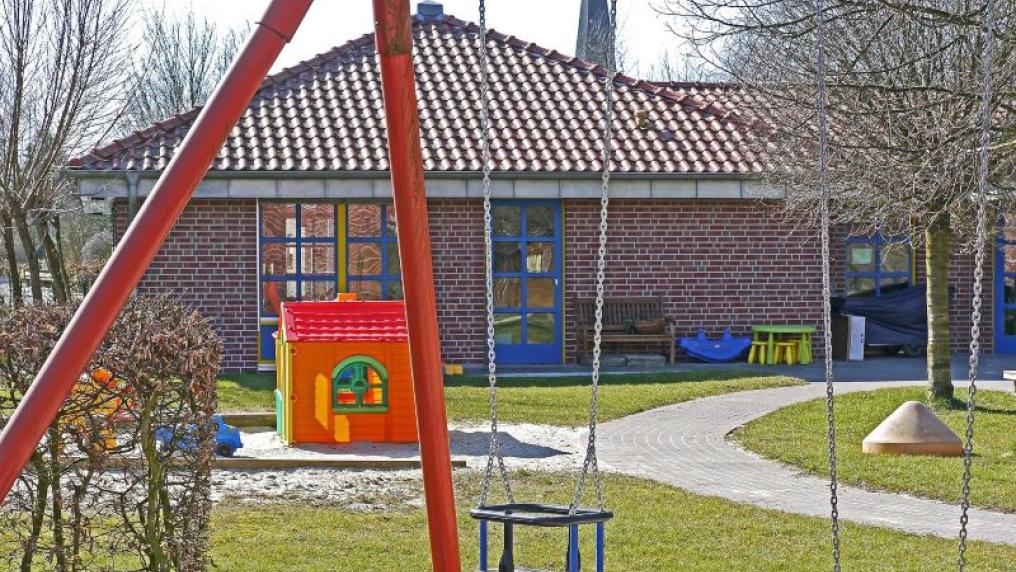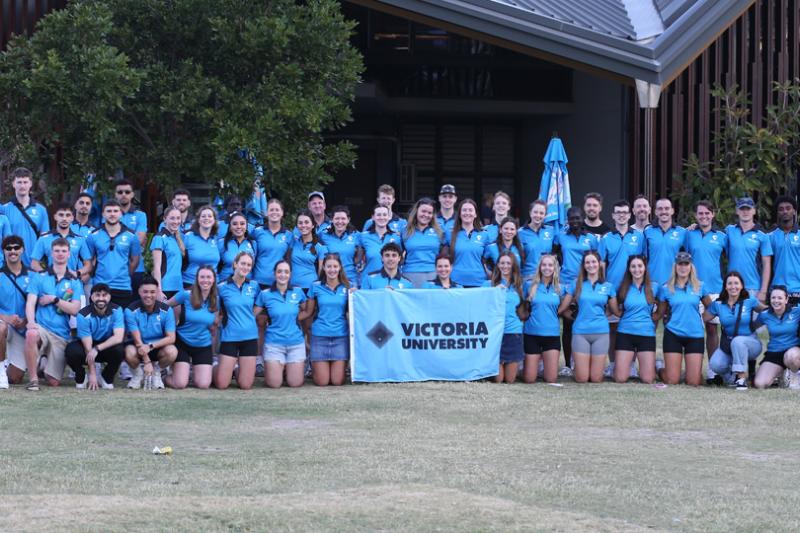Better, cheaper childcare is on the horizon in Australia, but four key challenges remain

About 100 early childhood experts are meeting in Canberra today for a national summit on children who are five and under.
This is part of the Albanese government’s work to develop an early years strategy to ensure Australian kids “have the best start at life in their critical early years of development”. It is also the latest in a flurry of activity around early childhood education and care.
The federal government has just set up two major inquiries. Last week it established a Productivity Commission inquiry into early childhood education. The Australian Competition and Consumer Commission began its inquiry into the cost of childcare last month.
Meanwhile, states are also making massive commitments. The Victorian and New South Wales governments have made multibillion-dollar promises to expand preschool for three- and four-year-olds. Former prime minister Julia Gillard is leading a royal commission into early education and care in South Australia, with an interim report due in August.
Universal, affordable and high-quality early education for Australian families is on the horizon. But four key challenges remain.
1. We still have ‘childcare deserts’
Access to early childhood education and care is not equal in Australia, and depends on where families live.
Regional and rural families are more likely to have poorer access, and many live in “childcare deserts”. In these areas, more than three children vie for every childcare place. About one million Australians live in an area with no access to childcare at all.
It is easier to get a childcare place in high socioeconomic and metropolitan areas, suggesting access is not equitable. We need to address this, as research in Australia and overseas highlights the importance of early education and care for children’s social and cognitive development, especially for children from disadvantaged backgrounds.
2. Childcare is really expensive
In recent years, the Coalition government injected significant funds into childcare subsidies. But the cost of early childhood services remains a key issue for many families.
The Albanese government will increase the subsidy again, as of July 2023. This will ease some of the financial strain.
However, subsidy changes provide only temporary relief, as childcare costs often rise again. The Labor government has also said it will investigate the feasibility of a 90% subsidy regardless of income, although it is not clear how this will occur or how it will be funded.
3. Work requirements are not working
A 2022 Impact Economics report showed how the government’s “activity test” is a major barrier to parents working.
Under the current test, families need to do certain amounts of paid work, such as study, training, volunteering or care, to receive certain hours of childcare subsidies. For example, parents doing less than eight hours of work a fortnight only get 24 hours of subsidised care for the same period. Those doing 48 hours of work get 100 hours of subsidised care.
If there are two parents in a family, the activity test is based on the parent who works the least.
Impact Economics found the activity test was not encouraging people to work. Rather, it found low-income families were less likely to use childcare because of the restriction to hours of care. So the activity test can lock children from disadvantaged backgrounds out of early learning, despite being the group that would benefit the most.
4. Early childhood educators are overworked & not paid enough
There are also major challenges around retention, pay and professional work conditions for the early education sector.
A 2021 survey by the United Workers Union showed that 73% of educators envisaged leaving the early childhood sector by 2024. Excessive workloads and low pay were the two main reasons cited by more than 4,000 current and former educators who participated in the research.
Job vacancy rates are at historically high levels and the lack of qualified staff is a major restraint on increasing access to childcare services. To enhance efforts to attract and retain staff, educators are calling for a pay increase of between 13% and 30% over the next four years.
The Australian Education Union is also negotiating for other changes to the early childhood profession, such as increased participation in professional development and changes to the structure of education and training.
The good news … & the reality check
A noticeable feature of the Albanese government’s approach to early learning is a greater emphasis on children’s development and wellbeing.
The summit has an explicit focus on making sure children are “thriving”. Social Services Minister Amanda Rishworth has stressed how the most significant stages of brain development happen before children turn five.
By getting it right in the early years of a child’s life, we can help set the foundations for a happy, healthy, and successful future.
This marks a shift in government language, which previously talked about childcare in terms of boosting female workforce participation.
Nevertheless, huge challenges remain in the sector. Addressing them will be a major task for the government if is going to progress beyond summits and strategies to deliver real change.![]()
This article is republished from The Conversation under a Creative Commons license. Read the original article.
![]()



